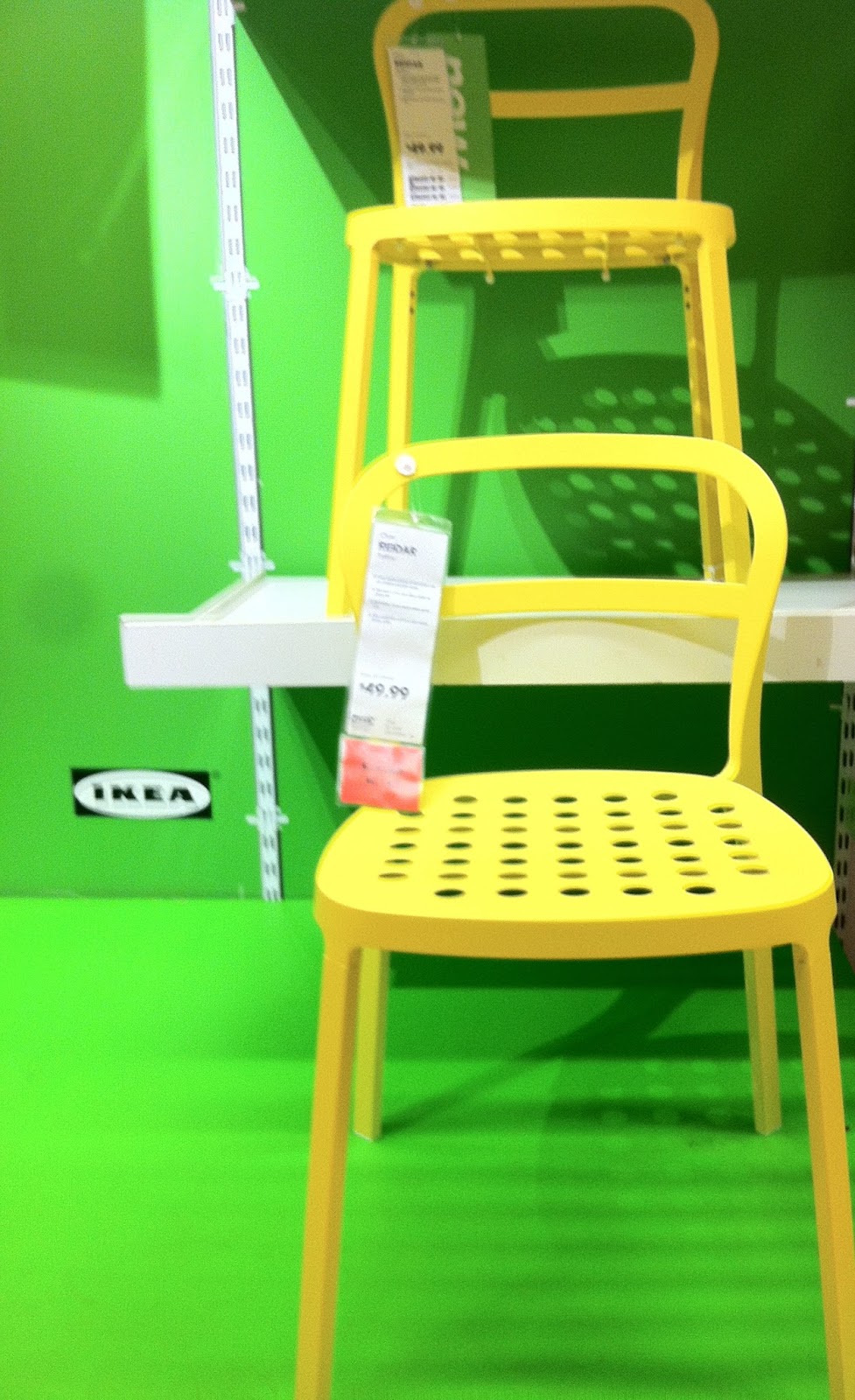IKEA: The Global Furniture Phenomenon
IKEA has become synonymous with modern furniture and home decor, offering stylish and affordable solutions for millions around the world. Founded in Sweden in 1943, this retail giant has revolutionized the way people shop for household items, making quality design accessible to everyone. With its iconic flat-pack furniture and innovative assembly solutions, IKEA has created a unique shopping experience that resonates with a diverse range of customers. Whether you're a first-time homeowner or a seasoned decorator, IKEA provides a plethora of options to transform your living space into a personalized sanctuary.
The brand's commitment to sustainability and environmental responsibility further enhances its appeal. IKEA strives to use renewable materials and reduce waste in its production processes, making it a favorite among eco-conscious consumers. From furniture to home accessories, every item at IKEA embodies a philosophy of practicality and aesthetic value, ensuring that customers can create beautiful, functional spaces without breaking the bank.
As we delve deeper into the world of IKEA, we will explore its history, product offerings, and the reasons behind its immense popularity. What makes IKEA stand out in the crowded furniture market? How has it evolved over the years? Let’s find out!
What is the History of IKEA?
IKEA was founded in 1943 by Ingvar Kamprad, who started the company as a mail-order business selling small items like pens and wallets. The name "IKEA" is an acronym that stands for Ingvar Kamprad, Elmtaryd (the farm where he grew up), and Agunnaryd (the nearby village). In the 1950s, IKEA began selling furniture, and it quickly gained popularity for its modern designs and affordability. By the 1960s, the first IKEA store opened in Älmhult, Sweden, paving the way for the global expansion of the brand.
How Did IKEA Expand Globally?
Throughout the 1970s and 1980s, IKEA expanded into new markets, opening stores across Europe and eventually entering North America and Asia. Its innovative approach to flat-pack furniture allowed for easy transportation and assembly, attracting customers who valued convenience and practicality. Today, IKEA operates in over 50 countries, with more than 400 stores worldwide, making it one of the largest furniture retailers globally.
What Makes IKEA's Products Unique?
IKEA's products are characterized by their sleek Scandinavian design, functionality, and affordability. The company places a strong emphasis on creating multi-functional furniture that maximizes space, especially for urban dwellers. Some of the unique features of IKEA products include:
- Flat-pack design for easy transport and storage
- Customizable options to suit individual preferences
- Use of sustainable materials and eco-friendly practices
- Innovative assembly solutions that eliminate the need for professional help
What Are the Popular IKEA Product Lines?
IKEA offers a wide array of product lines to cater to various needs and styles. Some of the most popular lines include:
- BILLY: The iconic bookcase that has become a staple in many homes.
- KALLAX: Versatile shelving units that can be used in any room.
- POÄNG: A comfortable armchair known for its ergonomic design.
- FÄRLÖV: A series of sofas and armchairs that combine comfort and style.
How Does IKEA Promote Sustainability?
Sustainability is a core value for IKEA, and the company has made significant strides towards reducing its environmental impact. Some of IKEA's sustainability initiatives include:
- Using renewable and recycled materials in product manufacturing.
- Transitioning to energy-efficient lighting and appliances.
- Implementing waste reduction strategies in its supply chain.
- Encouraging customers to recycle and repurpose old furniture.
What Are the Benefits of Shopping at IKEA?
Shopping at IKEA offers numerous advantages for customers:
- Affordability: IKEA provides stylish furniture at competitive prices.
- Diversity: A vast selection of products for every room in the home.
- Innovation: Continuous development of new designs and solutions.
- Inspiration: Showroom setups that inspire customers to envision their own spaces.
What Challenges Has IKEA Faced?
Despite its success, IKEA has faced various challenges over the years. Issues such as supply chain disruptions, competition from online retailers, and criticism regarding labor practices have tested the company's resilience. In response, IKEA has adapted its business model by embracing e-commerce and improving customer service.
How Does IKEA Engage with Its Community?
IKEA actively engages with its community through various initiatives, including:
- Supporting local charities and organizations.
- Organizing community events and workshops.
- Promoting volunteer opportunities for employees.
What is the Future of IKEA?
The future of IKEA looks promising as the company continues to innovate and adapt to changing consumer demands. With a focus on sustainability, technology integration, and enhancing the customer experience, IKEA aims to remain a leader in the global furniture market.
In conclusion, IKEA has transformed the way we think about furniture and home decor. Its unique approach to design, affordability, and sustainability has made it a beloved brand worldwide. As we continue to seek stylish and functional solutions for our homes, IKEA will undoubtedly remain a go-to destination for millions of shoppers.
Where Is Colton Harris Moore Today? An In-Depth Look
Exploring The Life Of Ellen Ochoa: Is Ellen Ochoa Still Alive?
Discovering The World Of SteamUnlocked.net: A Gamer's Paradise


